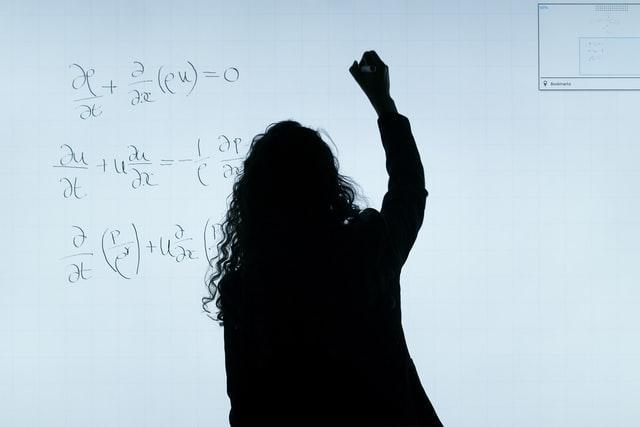Geometry, Algebra, Arithmetic, and Trigonometry are pretty much the four main branches of Mathematics. Each branch guides you in choosing the one you want to pursue as a career. Here’s a brief discussion of each branch of Mathematics:
Geometry
This is a practical sector of Mathematics that analyses geometric objects, shapes, and polygons in two and three dimensions. It simultaneously examines the similarity of objects, focusing on their unique properties and how to calculate their perimeter, area, and volume.
Algebra
Algebra is all about solving basic algebraic expressions and exploiting them to achieve a result. They have unknown quantities identified by alphabets that are part of the equation. These quantities are solved in algebra and determine the value of the variable. Algebra is an exciting branch of mathematics with complex formulas and solutions to derive answers to mathematical problems.
Arithmetic
Arithmetic is a basic branch of mathematics that deals primarily with numbers and how they are used. It is based on addition, subtraction, division, and multiplication, largely because they help advance in complex mathematical concepts and solve numerous questions.
Trigonometry
The term “Trigonometry” comes from the Greek language; “trigon” to mean triangle and “metron” to mean measurement. It’s the study of sides of triangles and angles to measure length and distance. So, you study different types of triangles and all their properties.
Branches of Pure Mathematics
Pure Mathematics is said to be the only mathematical activity done without clear or immediate contemplation of direct application. It has been applied significantly in modern-day technology, especially in cryptography and finance. Its main branches include:
- Mathematical Analysis – a branch of mathematics involved in the study of the rate of change in various quantities.
- Combinatorics – field of mathematics that deals with problems in arrangement, selection, and operation in a discreet or finite system. One of its most basic problems is determining possible configurations such as designs and graphs of any given type.
- Topology
- Number Theory
Branches of Applied Mathematics
Applied Mathematics involves applying mathematical methods in industry, computer science, business, finance, biology, medicine, engineering, physics, and other different fields. It’s a combination of specialized knowledge and mathematical science in studying and formulating mathematical models. Its branches include:
- Set Theory – sets are collections of objects and set theory seeks to study them and their properties. They are represented in set-builder or roster form with various ways to distinguish each set.
- Statistics and Probability – Statistics is based on how we handle data with various techniques while probability is about chance. This allows you to represent complex data in an easy, straightforward way. You will become familiar with terms such as mean, variance, independence, expected value, random variables, and random experiment.
- Calculus – the study of the continuous change of functions based on integrals and derivatives. Integral and differential calculus also make up a significant part of Mathematic Analysis which is a somewhat higher branch of mathematics.
Mathematics for higher classes may contain more complex types of algebra, cartesian geometry, and order theory, among other basic and advanced mathematics branches.
If you are stuck with math homework , you can hire professional math genius to help you complete the assignment.
